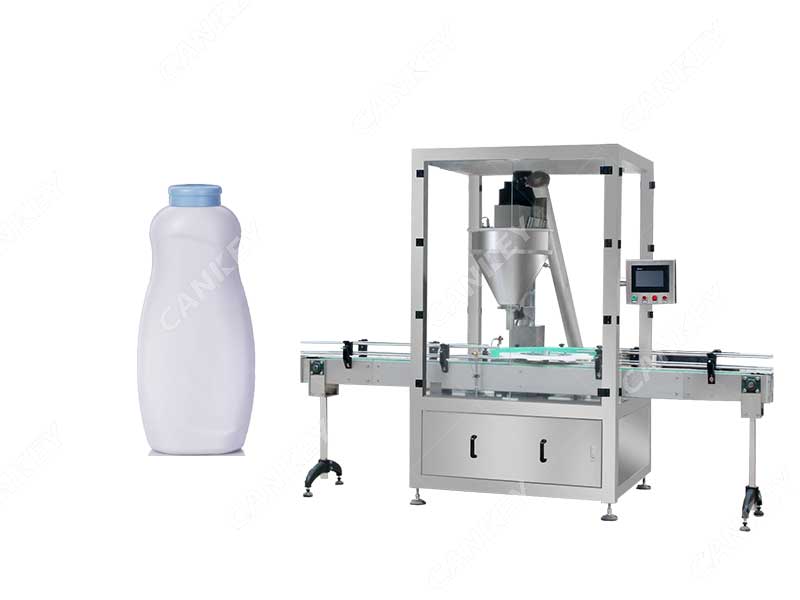Packaging powder products efficiently and effectively is a crucial aspect of various industries, including food, pharmaceuticals, cosmetics, and more. To ensure that these products reach consumers in pristine condition, manufacturers often rely on professional powder filling lines. In this article, we’ll explore how to package powder products by this line.
The Importance of Proper Powder Packaging:
- Product Safety: Ensuring that the powder is sealed properly prevents contamination and maintains product integrity.
- Consumer Satisfaction: Well-packaged products are easier to use and create a positive impression, enhancing consumer satisfaction.
- Regulatory Compliance: Many industries have strict regulations regarding product packaging to protect consumers and ensure quality.
- Extended Shelf Life: Properly sealed powder products have a longer shelf life, reducing waste and costs.
Utilizing Professional Powder Filling Lines
Professional powder filling lines are designed to streamline the packaging process, ensuring efficiency and consistency. Here are the steps to effectively package powder products:
1. Product Preparation:
Ensure that the powder product is properly formulated, sieved, and free from foreign particles or contaminants. Set up the filling line with the appropriate settings for the product’s weight and packaging material.
2. Container Preparation:
Choose suitable containers that are clean, dry, and designed for the specific powder product. Align the containers on the conveyor belt, ensuring a consistent flow.
3. Filling Stage:
The powder filling machine dispenses the predetermined amount of powder into each container. Modern filling lines use various technologies, such as auger filling, vacuum filling, or gravity filling, depending on the product’s characteristics.
4. Sealing and Closure:
Once filled, the containers move to the sealing station, where lids, caps, or seals are applied and secured. Heat sealing, induction sealing, or capping machines ensure airtight closures.
5. Quality Control:
Implement quality control checks to ensure accurate filling and proper sealing. Automated systems often have sensors and reject mechanisms to identify and remove faulty products.
6. Labeling and Coding:
Apply labels with product information, branding, and regulatory details. Code each container with batch numbers and expiration dates for traceability.
7. Packaging and Inspection:
Pack the filled and sealed containers into boxes, bags, or cartons, depending on the product’s packaging requirements. Conduct a final inspection to confirm product quality and packaging integrity.
8. Cleaning and Maintenance:
Regularly clean and maintain the powder filling line to prevent contamination and ensure smooth operation.
Properly packaging powder products is essential for maintaining product quality, meeting regulatory requirements, and satisfying customers. Professional powder filling lines offer a streamlined and efficient solution for manufacturers in various industries. By following these steps and utilizing advanced equipment, businesses can ensure that their powder products are packaged accurately, securely, and consistently, ultimately enhancing their brand reputation and customer trust.


